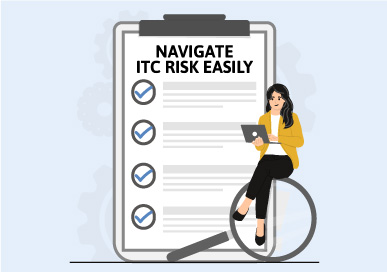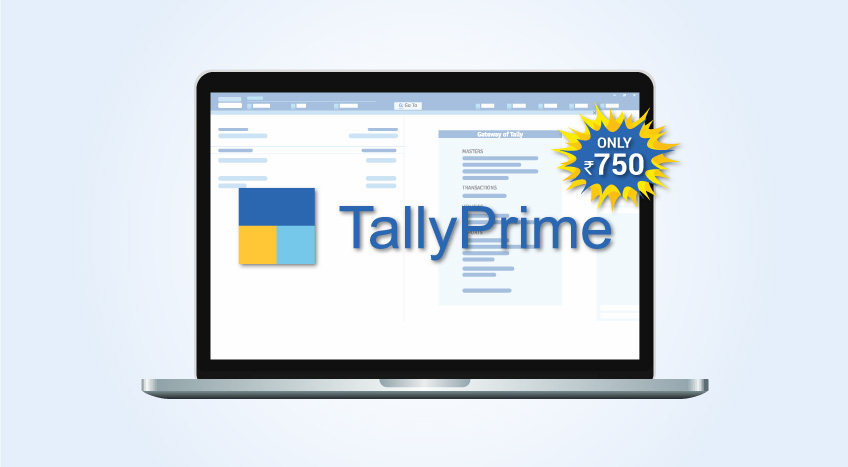In today’s fast-moving business world, teamwork between Chartered Accountant (CA) firms and their clients has become very important. As businesses grow and operate from different locations, their financial data keeps changing every day. Bookkeeping today is more than recording transactions. It is about working together in real time to keep accounts accurate, compliant, and transparent.
In India itself, most of the individual CA firms serve clients from various verticals such as retail, manufacturing and services. Every client is different and bookkeeping for each one can be challenging. To streamline daily operations, enterprises are now relying on well-defined processes, properly structured systems, and advanced digital tools.
The growing importance of collaboration in bookkeeping
One of the most essential parts of every business is bookkeeping. All transactions take place on this, and it records the inflow and outflow of money. When CA firms and clients team up on bookkeeping, the outcomes are about more than getting the numbers right. Collaboration is helpful in reducing errors and ensuring compliance with the latest rules and guidelines.
Many business owners may not have enough time or accounting knowledge, while CAs need regular access to data to provide insights. When both sides share financial information on time and in an organised way, it becomes easier to manage cash flow, track expenses, and make confident business decisions.
Common challenges faced by CA firms and clients
Although collaboration is beneficial, many firms still struggle to maintain smooth coordination. Some of the most common challenges include:
- Delayed information sharing: Clients often send documents or data close to filing deadlines, leading to rushed work and errors.
- Multiple versions of data: Without a common platform, files shared through emails or drives can become outdated quickly.
- Lack of clarity in responsibilities: When roles are unclear, confusion arises over who updates which part of the records.
- Limited visibility: CAs and clients cannot always view the same data simultaneously, which slows down approvals and reporting.
- Manual communication: Repetitive calls, messages, or emails consume valuable time and lead to inconsistencies.
Addressing these challenges requires more than discipline; it needs systems that bring structure and visibility to the entire process.
Setting up a collaborative bookkeeping framework
For collaboration to work efficiently, both the CA firm and the client must agree on a clear framework. This ensures that everyone follows the same processes and timelines.
Here is how to collaborate better:
Define roles and expectations
Start by clarifying responsibilities. The CA firm can manage reconciliations, tax filings, and financial reports, while the client’s team can handle day-to-day data entry or invoice recording. Defining these boundaries avoids duplication of effort.
Create standard formats
Use common templates for invoices, receipts, and ledgers. Standardisation makes recordkeeping simple and helps maintain consistency.
Set realistic timelines
Bookkeeping is most accurate when it is updated regularly. Establish clear timelines for sharing data, such as weekly uploads or monthly reconciliations.
Review periodically
Schedule regular review meetings to discuss key updates, pending documents, and financial summaries. This ensures that books remain accurate and ready for audits or tax filings.
By following these steps, collaboration becomes a well-organised process rather than a last-minute activity.
Communication is the key to effective collaboration
Smooth communication is at the core of successful bookkeeping. Both sides should have defined channels to share updates, queries, and feedback. Instead of relying on scattered messages or emails, use organised communication methods that ensure traceability.
Regular check-ins can make a big difference. A quick discussion once a week about cash flow, pending entries, or upcoming deadlines can prevent confusion later. When both sides stay informed, minor discrepancies are identified early and corrected immediately.
Many CA firms also prefer maintaining shared dashboards or simple progress trackers. These help clients see what work is ongoing, completed, or pending, bringing transparency to the engagement.
Using technology to improve collaboration
Digital transformation has completely changed the way bookkeeping is managed. Earlier, firms depended on physical files and local backups, which limited accessibility. Today, cloud-based systems and online accounting tools make it possible to access books of accounts from anywhere, at any time.
- Real-time access to data: Both the CA firm and the client can view updated financial data instantly.
- Data security: Cloud systems store records safely with regular backups, reducing the risk of loss or damage.
- Automation of repetitive tasks: Automated reconciliations, tax computations, and reminders save time and reduce manual effort.
- Simplified document exchange: Uploading bills, receipts, and invoices digitally eliminates delays caused by physical submissions.
- Easy compliance: Automated GST, TDS, and e-invoicing features help maintain regulatory accuracy with minimal effort.
With so many benefits, digital collaboration tools are becoming an integral part of bookkeeping for CA firms.
How business management software like TallyPrime make collaboration easier?
After building the right processes and communication systems, the next step is to bring everything together using digital tools. Many CA firms in India now prefer collaborative bookkeeping in TallyPrime, which combines accounting, reporting, and compliance in one simple platform.
TallyPrime for CA firms streamlines collaboration with multiple clients through secure remote access and real-time data sharing. You can review client books, reconcile transactions, and prepare reports without waiting for backups or emails. It supports e-invoicing, GST reconciliation, and automated data backups, ensuring that every account remains accurate and up-to-date.
With role-based access, both the CA firm and the client can view relevant data while keeping sensitive information protected. This approach enables firms to manage large client portfolios efficiently, providing business owners with complete visibility into their financial performance.
By integrating tools like TallyPrime for CA firms into your workflow, collaboration becomes smooth, organised, and continuous throughout the year – not limited to audit or filing season.
Conclusion
Efficient collaboration in bookkeeping is about teamwork, transparency, and consistency. When CA firms and clients share information regularly, use structured processes, and rely on the right digital tools, accounting becomes faster, simpler, and more reliable.
With solutions such as collaborative bookkeeping in TallyPrime, you can make your firm’s operations more streamlined and client-friendly. It helps you maintain control, ensure compliance, and deliver timely insights that strengthen every client relationship.
As more Indian businesses embrace digital accounting, adopting tools like TallyPrime for CA firms can help you stay ahead, manage growth confidently, and offer smarter, more efficient financial services to your clients.

















